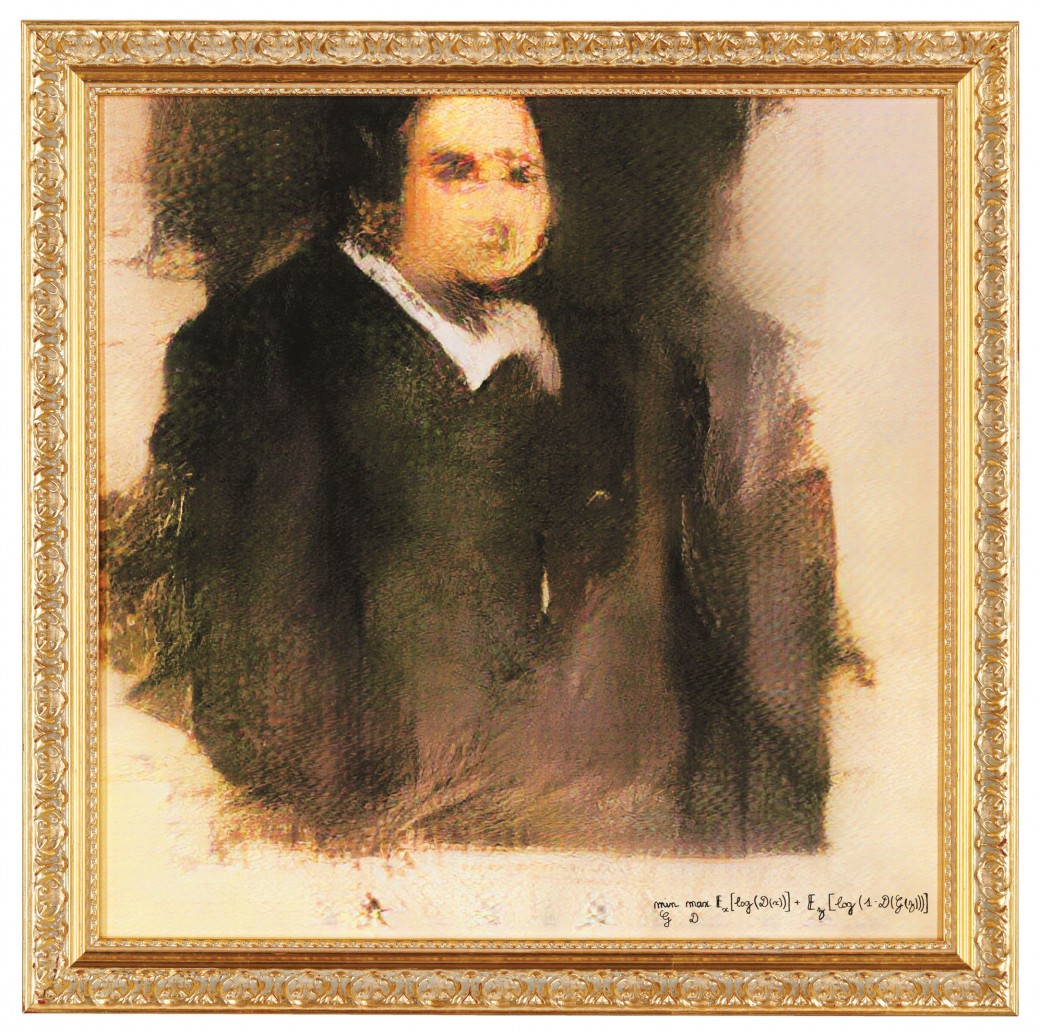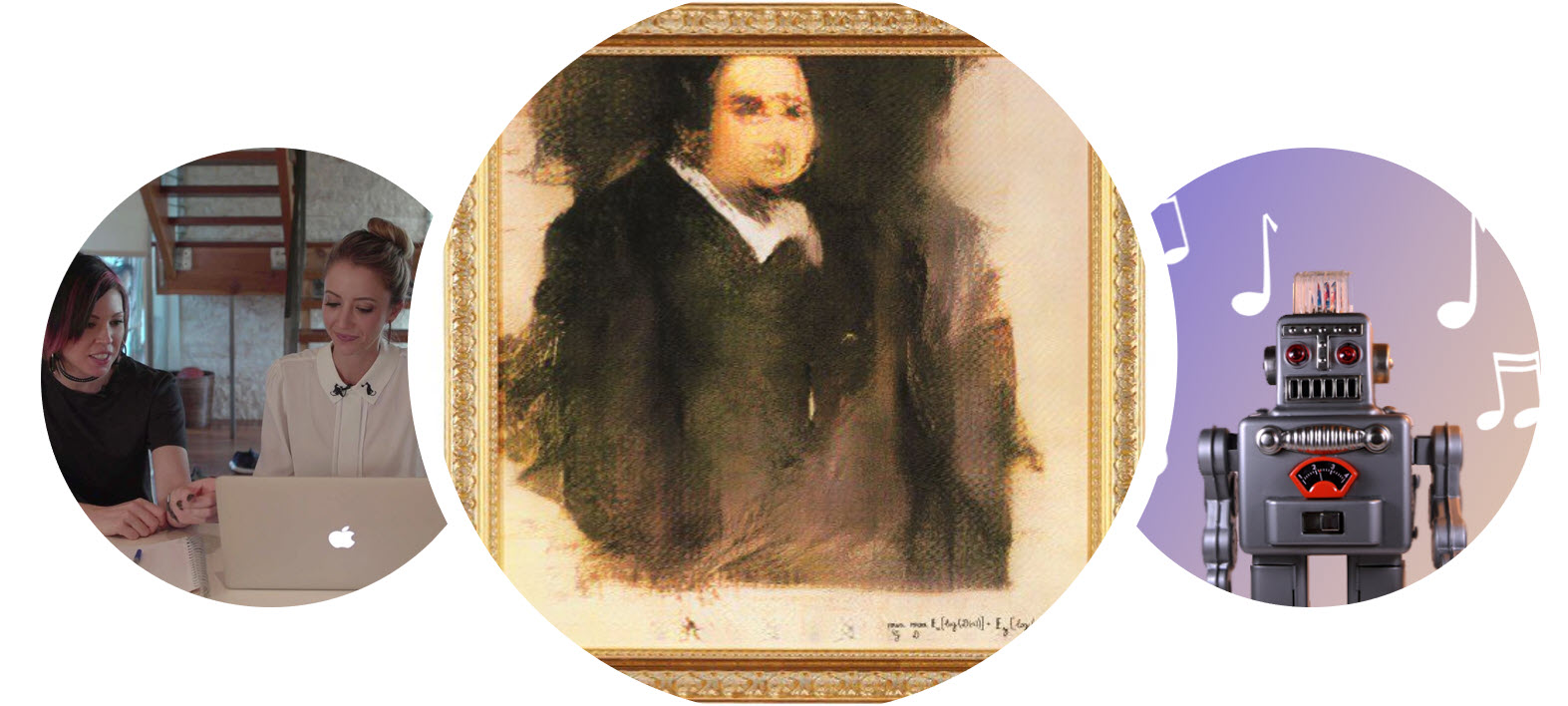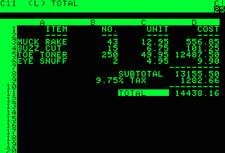Welcome to the Sweet Spot! In this series, I share 3 interesting things I’ve been reading and watching in the last 2 weeks. Each relates to a mission to help people see and understand data.
There’s been lots of news about AI creativity recently, so I thought I’d dig deeper this time. As AI’s tendrils reach further into Business Intelligence, we might want to consider at what point AI might become creative enough to take our jobs away. The good news? That is not gonna happen for a long long time.
A philosopher argues that an AI can’t be an artist (Technology Review, 17 minute read)

At best, AI art is copying others. AIs are trained with data that fit certain parameters about art (say, the music of Bach). It then reinterprets those parameters: it is mimicking, not creating. Sean Dorrance Kelly explains how this makes AIs very useful tools, with examples of artists using them to make wonderful music. AI has achieved success in “toy domains” such as chess and Go, but Kelly argues these are not creative endeavours, as the outcomes of success are binary (win/lose): creativity has no such definable success. Kelly concludes by warning against us overhyping AI’s creative potential. He suggests doing so would lead us to concede our own creativity to that of the machines. Great stuff. (Thanks to my colleague Harun Osmanovic for finding this one.)
Can machines create? (Prospect, 9 minutes)

In contrast to the above, what if algorithms are programmed to randomly break rules? Or if two algorithms are pitted against each other, could the adversarial approach push algorithms into creativity? Marcus du Sautoy argues the case for this in his new book, The Creativity Code. He also argues a positive case for not feeling ashamed should algorithms become more creative than us. Most AI opinion pieces (including my own!) argue the case for ongoing human supremacy, but du Sautoy argues that it’s snobbery to always view AI art with disdain.
How AI-generated music is changing the way hits are made (Verge, 7 minute read and/or 7 minute video)
:format(webp):no_upscale()/cdn.vox-cdn.com/uploads/chorus_asset/file/12544187/cmazza_180823_2820_0002.jpg)
This case study proves the opinions of the above pieces, I believe. “You feed the software tons of source material, and it identifies patterns to write its own melodies.” This is patently the opposite of creativity, and, I believe, part of the “blandification” that all types of recommendation algorithms create: they take us on a narrower and narrower path and hide serendipitous discoveries. Fortunately, the producers of the music in this article also support du Sautoy and Kelly: AI programs are valuable as tools/collaborators. They provide ideas for the human artist to be inspired by. (Thanks to my colleague Nick Brisoux for sharing this one)
I’m starting a Sweet Spot mailing list: do you want to receive these each week? If so, please enter your email below, and you’ll get the three cool things, delivered to your Inbox, every two weeks:





Recent Comments